Chatterbait are ultra-popular fishing lures used primarily for bass fishing. They have earned a good reputation and become highly popular, following several phenomenal tournament successes.
Have you ever tried chatterbait fishing? If not, it is time you do it! This versatile lure can help you catch monster-sized fish.
Ask around, and you’ll see how many professional anglers swear by chatterbait. This lure is a part of most top pros’ tackle boxes, so why not pack it up in your tackle box, too?
Do not worry if you do not know how to fish a chatterbait, just keep scrolling. I’ll teach you everything you need to know about fishing a vibrating jig.
Chatterbait Defined
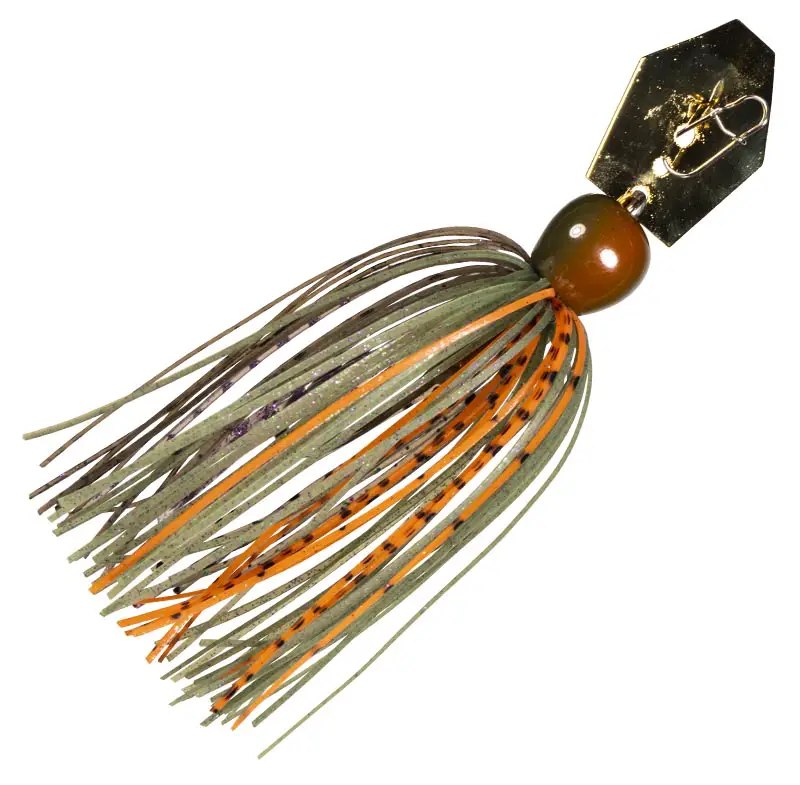
The first step in learning how to fish a chatterbait is discovering what it is. So, let’s start!
Some anglers use the term “chatterbait” only for the original ChatterBait created in 2006 and patented by Z-Man Fishing. Others use it to describe all the lures that share the same style and function.
Chatterbait are also known as vibrating jigs or bladed jigs. It does not matter what you choose to call them, though, as long as you know when, where, and how to use them.
So, what is chatterbait? A chatterbait is a weighted bladed jig head with a skirt. It is a unique-looking (and sounding!) bait that features a large hexagonal blade at the front. This blade creates a distinctive noise and ton of vibration which attracts the predatory fish.
Since chatterbait are bladed jigs, they consist of two main parts:
- A head or a lead sinker with a hook
Usually made from some type of metal to provide the weight that keeps the hook down.
- A soft body or a skirt made of foils
The soft body or skirt made from metal or plastic foils serves to fool the fish into believing your bait is their food. Jigs move vertically, unlike spinner bait, and they do a great job imitating bait fish. However, they will stay at the bottom if you do not roll the spool.
The six-sided blade is what makes chatterbait stand out from other jigs. Once it is propelled into the water, it vibrates, makes noise, and produces a bright flash. All of these effects serve a single purpose of attracting the attention of the nearby fish. The blade size and shape dictate the amount of action chatterbait can produce.
Not all chatterbait or bladed jigs look the same, though. There are variations that have numerous distinct features. For example, there are soft plastic chatterbait with a hexagonal blade and chatterbait that are a combination of a jig head with a skirt and soft plastics. The only constant is the noise-making hex-shaped blade.
What Fish Can You Catch With A Chatterbait?
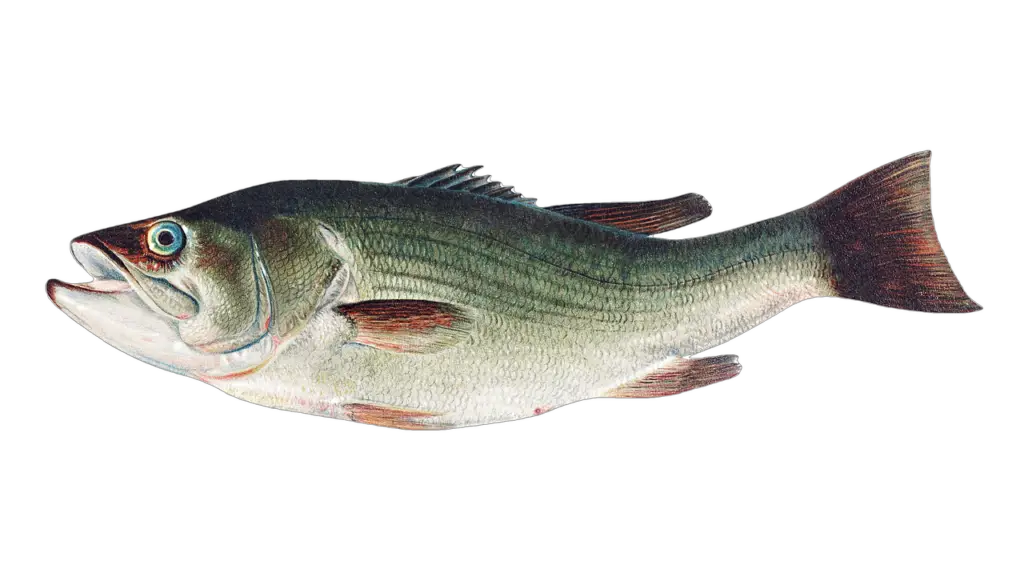
As we have already established, chatterbait is a type of lure mostly used to target bass. However, these versatile lures can also attract other predatory species, such as pike and musky.
Chatterbait fishing is effective in the saltwater environment, too. You can use it for targeting marine species, such as Jack crevalle or a snapper.
When & Where Should You Fish A Chatterbait?
Every chatterbait has the best time and place when it should be used. For example, there are different weights you can choose from (from 3/8 oz to 1 oz) depending on the water depth you plan to fish in.
The type of terrain also dictates whether or not you should use a chatterbait. Hence, chatterbait are an ideal choice for fishing in:
- Cloudy water
Chatterbait are highly effective in dirty water due to the noise they make. You will be more successful if you choose a bright-colored lure that your target fish won’t have trouble noticing in the murky water.
- Clear water
Chatterbait are not used only in dark water. Bass anglers have a lot of success fishing chatterbait in clear water, too, especially when it is below 60 degrees.
- Deep water
Chatterbait are not reserved for shallow water; they can be used for targeting fish that roam the bottom of the water column, too. For instance, bass typically move into deeper areas when temperatures are extremely low or high. If you want to catch one, combine a chatterbait with the bottom bouncing technique! Learn how to do it by watching the video below:
- Areas covered in thick vegetation
Chatterbait are built to pull through areas covered in weed and grass. They will not get snagged as easily as other types of bait. Ideally, the grass/weed bed you target should be 1 to 6 feet deep and not overly dense.
- The proximity of fallen trees
Tree logs, roots, and brush piles are a great hiding place for predatory fish. Chatterbait can help you get close to such structures – all you need to remember is to pull the chatterbait up as soon as it touches the wood surface.
- The proximity of docks and piers
Bait fish like to hide underneath docks and piers; that is why the big fish are there too. You can easily skip the chatterbait across the water and slide it under a dock. It requires a lot of practice, but it’s worth it, trust me!
- Shell beds
During the summer, bass and other predatory fish thrive around shell beds feeding on mussels and other bottom feeders. Use a chatterbait to reach these areas and then slow roll it within the strike zone. Slow rolling is generally a great technique when fishing chatterbait, as it creates just enough vibrating action to get you a good bite.
If you want to find out how to locate a shell bed and score a trophy fish, watch the following video:
What Are The Advantages Of Using Chatterbait?
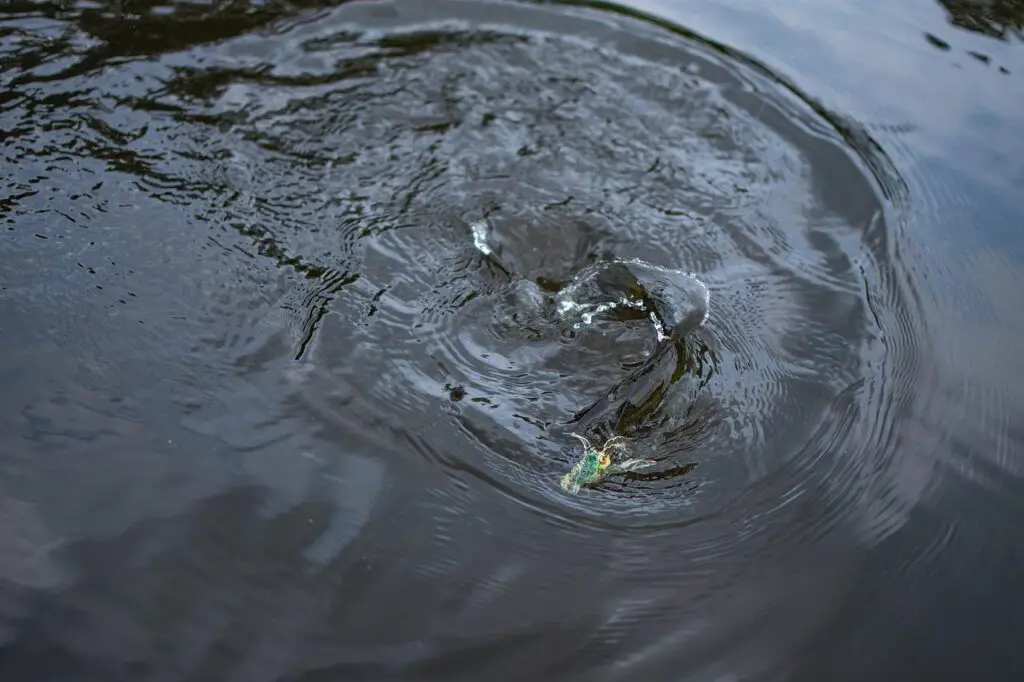
Chatterbait have numerous advantages. Let’s see what those are!
They’re One Of The Most Versatile Baits
As we have already established, chatterbait can be used in both shallow cover and deep water. They are also appropriate for targeting aggressive fish holding close to the bottom. Vibrations and flashing effects make chatterbait ideal for fishing in muddy or stained water lacking natural light.
Moreover, chatterbait can be used with various fishing techniques. You can use them to hop, bounce, slow roll, or swim the bait – whichever works best at a given moment!
They’re Completely Weedless
The hook of a chatterbait is always standing in the upright position while its blade deflects debris. Hence, this bait can never get caught up in weeds or grass. For this reason, most anglers consider it an ideal choice for targeting areas of heavy cover, such as weed beds and lily pads.
They Drive Predatory Fish Wild
As an angler pulls the chatterbait through the water, the vibrating movements mimic the movement of wounded prey and drive the nearby predatory fish wild. They think they are about to enjoy an easy meal.
They Make Casting A Breeze
Chatterbaits facilitate smooth casting even in windy conditions due to their streamlined shape. Therefore, it is easy to get your lure to land right on the spot you intend to target. The weighted head of a chatterbait improves the casting distance and accuracy, too.
They Facilitate Easy Retrievals
You can retrieve your chatterbait as quickly or slowly as you want. Its fast crankbait profile allows it to push its way through the water fast. No matter the speed, there is little risk of your chatterbait getting snagged.
How To Fish A Chatterbait: Step By Step Instructions
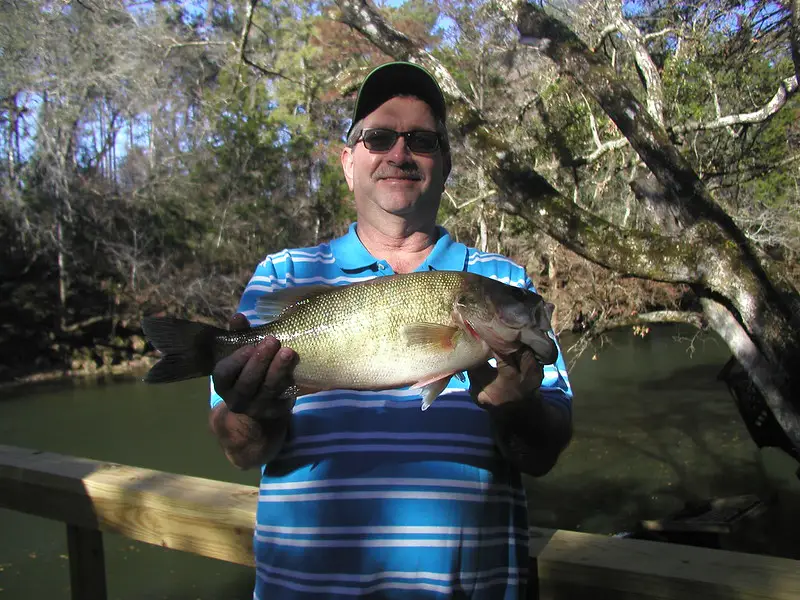
Choose The Appropriate Chatterbait
Chatterbait come in an array of different colors, from plain black to attention-grabbing green pumpkin. The color of the water dictates the color and size of the chatterbait to use.
Go for a chrome chatterbait in sunny, clear conditions. Gold is best for dirty water. If you fish lakes or want to imitate bluegills or crawfish, you should best choose the green pumpkin lure. Fishing during the shad spawn calls for a silver blade chatterbait with a white-colored skirt, while muddy water requires the opposite – a dark-colored chatterbait (solid black or dark blue).
Set Up The Right Gear
Chatterbait are usually combined with baitcasting gear. The best solution, in my humble opinion, is to pair them with a 7 feet long, medium-action rod (preferably with a fast rod tip).
Most anglers choose a rod with parabolic action in medium to medium-heavy. Such rods do not bend at the rod tip but rather in their middle section giving you a better chance of catching bass or any other fish you are targeting.
As far as trailers are concerned, you should avoid the ones that are too bulky, long, and heavy, or you’ll have trouble skipping your vibrating jig. Go for a streamlined or slender trailer, and your bait will skip further without slowing down too quickly.
When choosing a fishing line for your setup, opt for either a fluorocarbon or a braided line (depending on the fishing conditions and how heavy the cover is). Generally, fluorocarbon line in the 17 to 20-pound-test range is the best choice for fishing in open water.
The braided line is reserved for areas of heavy cover, such as weed and grass beds. If you plan to target big fish, opt for a braided line around 50 pound-test. A strong braided line is a guarantee you won’t lose your big bass while pulling it from the cover.
Find The Perfect Spot
Finding fish is not always easy. Hence, you should either invest in a fish finder or learn a few tricks.
You should avoid clear sky and clear water when using a bladed jig. Instead, go out to the water that is at least slightly murky on a windy, cloudy day. Be prepared to cover lots of water to find bass.
The best fishing spots for throwing a chatterbait are:
- The outside edge of docks and piers (You can even skip your bladed jig under the dock or pier!)
- Underwater vegetation (along the edge of weed and grass beds)
- Open pockets in the weed patches
- Wood or brush cover (start with the outside edges first and work your way into the heart of the heavy cover to attract more bass)
Start Casting The Chatterbait
Fishing chatterbait is more than just casting and winding. The key is in the steady retrieve.
Here is what you should do when fishing vibrating jigs:
- Cast out the lure and let it fall back as you pull it (Just like you would a regular jig!)
- When you get a strike, do not set the hook hard and fast. Many anglers make that mistake. Make a short pause allowing the fish to take the entire lure.
- If you notice fish are short striking your lure, add a trailer hook to improve the success of your hook-ups.
Chatterbait Fishing Tips
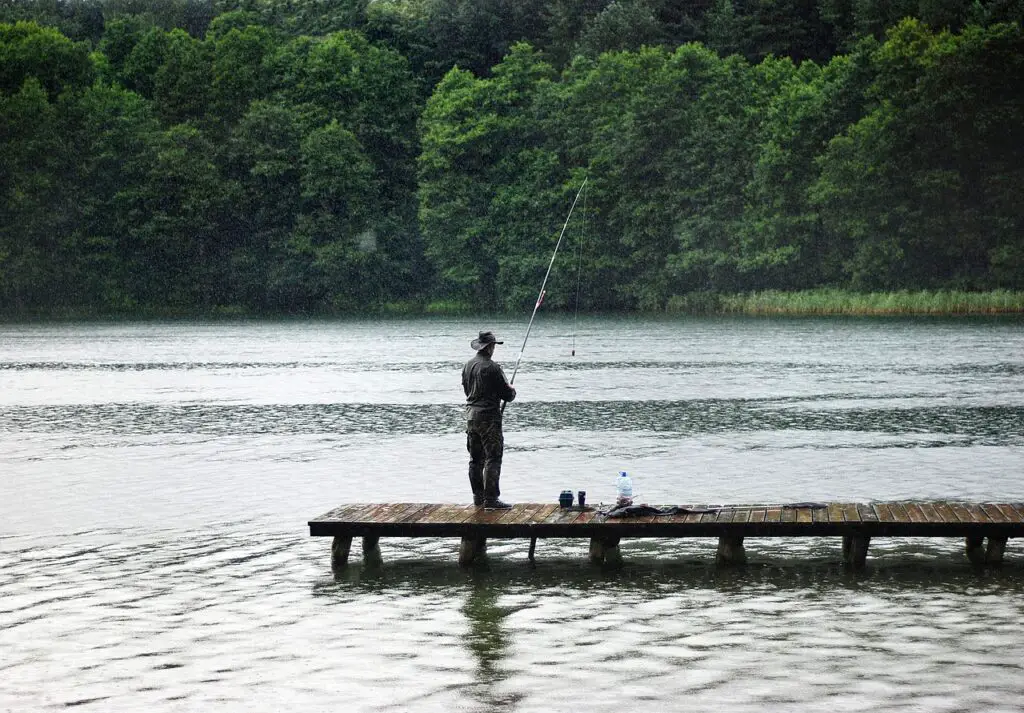
Now that you know how to fish chatterbait, all you need to thrive is a few expert fishing tips, and you’ll be catching bass and other predatory fish more efficiently than ever. So, here they are:
Slow Down
If you want to get the best out of a vibrating jig, fish it slowly. As long as you work your chatterbait correctly, you’ll be landing fish. Slow down and have confidence in your skills and your choice of lure.
Get Your Jig Jiggling
A vibrating jig is the most effective when you work it up! What does that mean?
It is simple, just wiggle your rod a bit now and then to get the blade moving and trailer swimming. If you want, you can let your lure sink to the bottom, and then, as you slowly reel it in, pump your rod a few times to make it pop. It works wonders with craw trailers!
You can also make your vibrating jig hop along the bottom of the lake or pond. Simply make it rise and fall back in short hops – it will drive the fish crazy. This technique is particularly effective when bass fishing in deeper, cooler water (not the best for ice fishing, though). It does not mean you cannot use it all year round, though!
Match The Hatch To The Color Of The Water
As with most other bait, you want to keep your vibrating jig as natural-looking as possible in clear water. Give your best to match the local hatch.
Save the vibrant and bright chatterbait for murky, dirty, or stained water. Luckily, there is an array of different soft plastic trailers in most tackle stores!
FAQs
When should you fish a chatterbait?
You should fish a chatterbait in the spring months, especially if you lack experience. It is the most productive time of the year for throwing chatterbait. Once they master the basics, most anglers fish bladed jigs from late winter through the early fall. You can follow in their footsteps.
Do you fish a chatterbait on the bottom?
You can fish a chatterbait on the bottom – it is one of the most versatile bait. In fact, you can fish the chatterbait anyway you want – slow-moving or fast-moving, top or bottom!
Can you fish a chatterbait like a jig?
You can fish a chatterbait like a jig. After all, a chatterbait is a bladed jig. The best tactic is to cast it near the edge of a grass or weed mat and secure a steady retrieve. It will imitate the bait fish feeding in such areas and attract fish.
What do you catch with ChatterBait?
You can catch bass and other predatory fish such as walleye, pike, or muskie. Chatterbait are suitable for use in saltwater environments too. They can be used for sea bass fishing or targeting other marine species, such as Jack Crevalle or a snapper.
Can you fish a ChatterBait like a jig?
You can fish the ChatterBait as a jig, especially in thick vegetation that would catch spinners and crankbaits. You can jig it vertically, hop it along the bottom, wake it on the top, pitch, skip, or flip it. It is a highly versatile lure.
Should I use a trailer on a chatterbait?
You should use a trailer on a chatterbait if you want to increase your chances of catching bass and other predatory fish. The bigger the bladed jig trailer you use, the bigger your chance of scoring a large fish is. Craw is a trailer fit for all occasions.
Final Words On Chatterbait
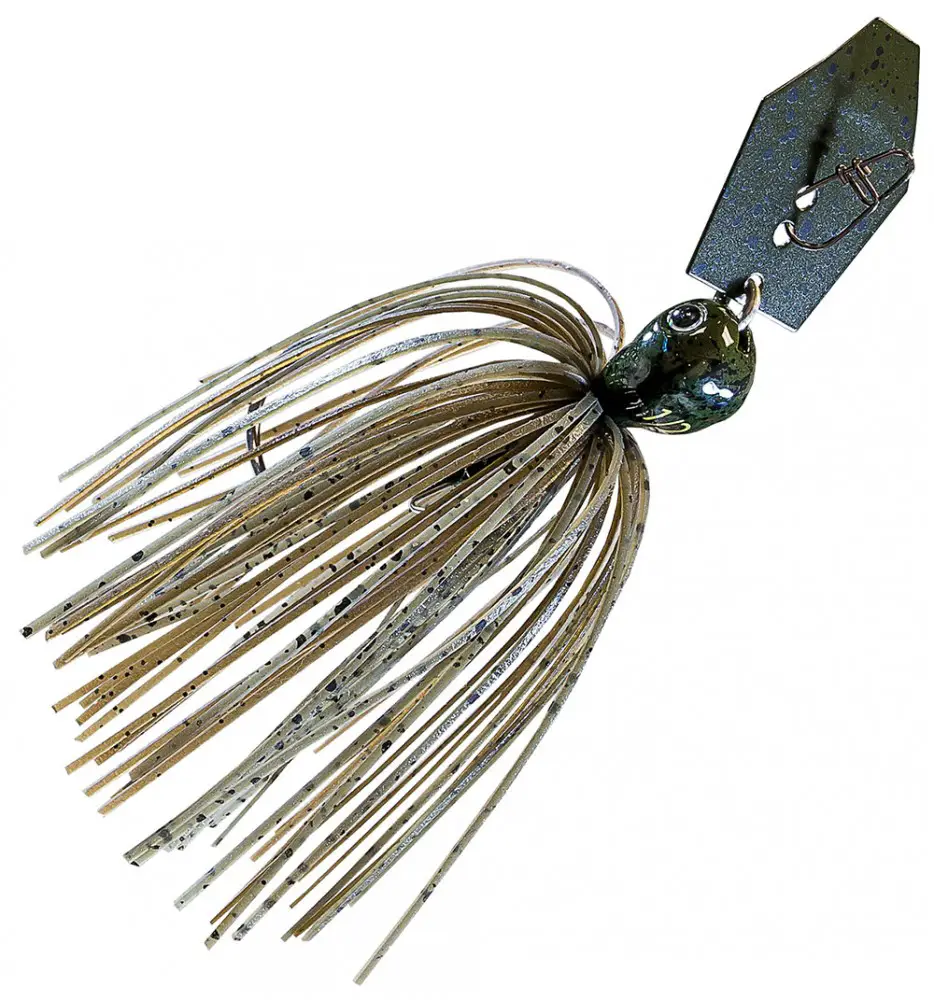
Chatterbait is an effective tool for catching aggressive fish. If you haven’t used them so far, do it ASAP! You do not know what you’ve been missing!
One of the best fishing tips anyone can give you is to always have chatterbait in your tackle box. It is an all-around lure that can save the day when other bait fail you. Many anglers cannot imagine their day on the water without a vibrating jig.
Chatterbait deliver an aggressive presentation, plenty of vibration and action, and more fish. Spend a little time learning how to throw a chatterbait, and you might just catch the fish of a lifetime.
If you or your fellow anglers need more advice on chatterbait fishing, let me know in the comments!
